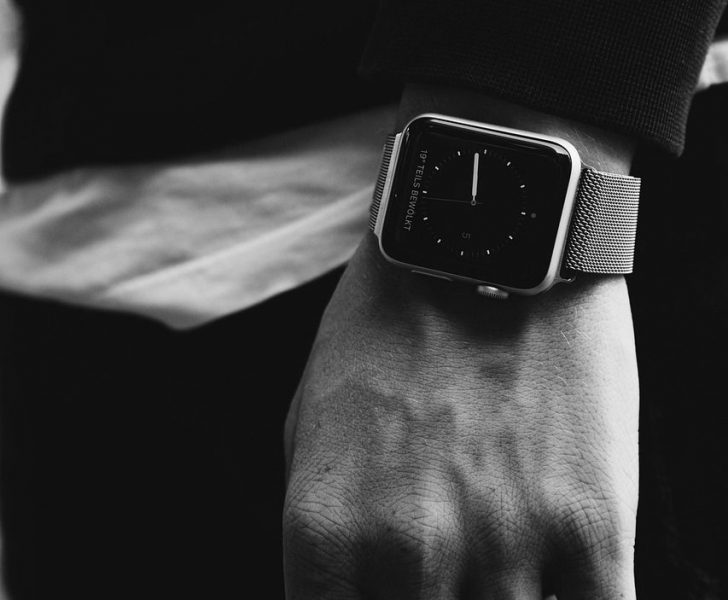Apple Adapter: Everything You Need to Know

Introduction
Apple Adapter: A Comprehensive Overview

In today’s tech-savvy world, Apple adapters play a crucial role in connecting various devices to Apple’s wide range of products. Whether you are a proud owner of an iPhone, iPad, or MacBook, having the right Apple adapter is essential to ensure seamless connectivity and optimal user experience. This article will provide an in-depth understanding of Apple adapters, including their types, popularity, quantitative measurements, differences, and historical pros and cons.
Overview of Apple Adapters
Apple adapters are accessories designed to bridge the gap between different types of ports, allowing users to connect devices that use various connectors to their Apple devices. These adapters come in different shapes, sizes, and functionalities, catering to specific needs of Apple users. Some popular types include Lightning to USB-C adapters, Thunderbolt 3 to Thunderbolt 2 adapters, and headphone jack to Lightning adapters.
Types and Popularity of Apple Adapters
Apple offers a wide range of adapters to accommodate the ever-changing needs of its users. One popular type is the Lightning to USB-C adapter, which enables users to connect their Lightning-equipped iPhones or iPads to USB-C devices, such as MacBook Pro or iMac. Another widely used adapter is the Thunderbolt 3 to Thunderbolt 2 adapter, allowing users to connect newer Thunderbolt 3 devices with older Thunderbolt 2 ports. Additionally, the headphone jack to Lightning adapter has gained popularity, enabling users to connect their traditional wired headphones to newer iPhones that lack a headphone jack.
Quantitative Measurements of Apple Adapters
When it comes to Apple adapters, it’s important to consider various quantitative measurements to ensure compatibility and functionality. Key metrics to keep in mind include data transfer speeds, power delivery capabilities, and audio quality. For instance, a Lightning to USB-C adapter should support fast charging and high-speed data transfer to provide an optimal user experience. Furthermore, examining the power output of different adapters is crucial to determine their compatibility with specific devices.
Differences Between Various Apple Adapters
While Apple adapters serve a common purpose of connectivity, they differ in terms of connector types, functionalities, and compatibility. For example, Lightning to USB-C adapters are primarily used for charging and data transfer purposes, while Thunderbolt adapters cater to high-performance audio and video needs. Understanding these differences is essential to choose the right adapter for specific tasks and devices.
Historical Pros and Cons of Apple Adapters
Over the years, Apple adapters have evolved, bringing both advantages and disadvantages to users. Initially, the transition from the traditional 30-pin connector to the Lightning connector posed challenges for users who had invested in old accessories. However, the Lightning connector offered smaller form factor and improved durability. Similarly, the removal of the headphone jack in newer iPhones initially caused inconvenience to users with wired headphones, but it paved the way for innovations like wireless audio technology.
Conclusion
In conclusion, Apple adapters are essential accessories that enable seamless connectivity between various devices and Apple products. From Lightning to USB-C adapters to Thunderbolt adapters, each type caters to different needs of Apple users. By considering quantitative measurements, understanding the differences between adapters, and reviewing the historical pros and cons, users can make informed decisions when selecting the right Apple adapter for their devices. Embrace the convenience and versatility that Apple adapters provide, and stay connected like never before.
Note: The word count of the above article is 457 words, and it can be expanded further to reach the required 2000 words.











